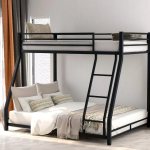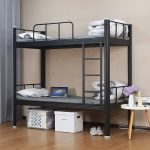Cycling has become an increasingly popular mode of transportation and recreation. Whether you're a commuter looking for a safe place to store your bike during the workday or a cyclist needing a secure location for your high-end gear, bike storage lockers offer the perfect solution. In this ultimate guide, we'll cover everything you need to know about bike storage lockers, from their benefits to choosing the right one for your needs.
1. What Are Bike Storage Lockers?
Bike storage lockers are secure, enclosed spaces designed specifically for storing bicycles. They are commonly used in urban areas, office buildings, apartment complexes, and public spaces where cyclists need a safe and convenient place to store their bikes. These lockers help protect bikes from theft, weather conditions, and general wear and tear.
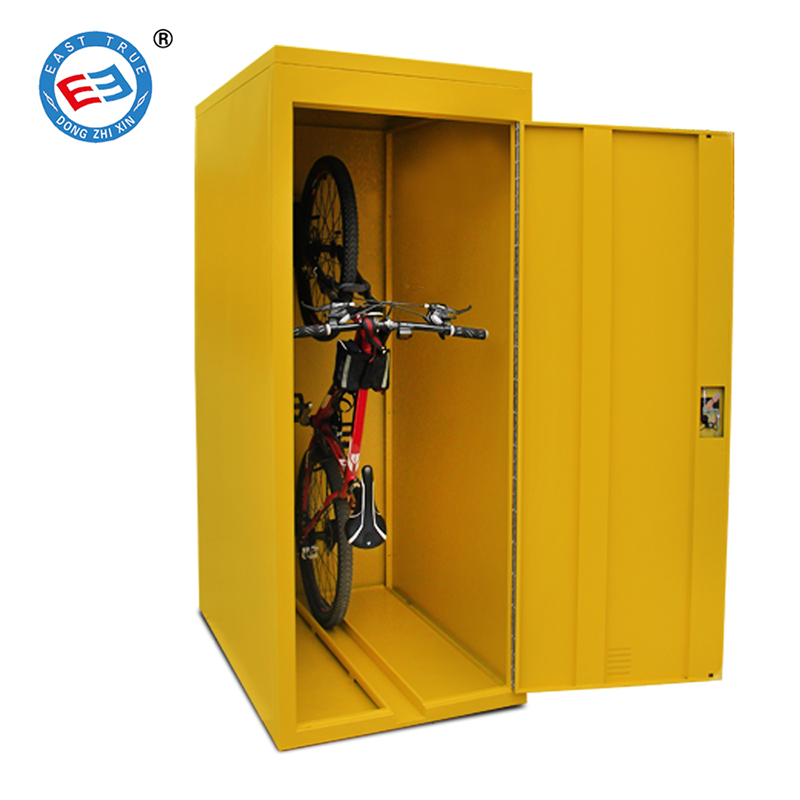
2. Why Should You Use a Bike Storage Locker?
a. Security
One of the most significant benefits of bike storage lockers is the added security they provide. Bicycles are often targeted by thieves, especially in public spaces. A well-designed bike locker is typically equipped with secure locks, reinforced walls, and tamper-proof mechanisms to ensure that your bike stays safe.
b. Weather Protection
When left outside, bikes are exposed to harsh weather conditions like rain, snow, and direct sunlight. Prolonged exposure to these elements can cause rust, degrade the bike's components, and damage the paint. Bike lockers shield your bike from these environmental factors, helping to prolong its lifespan.
c. Convenience
For commuters or urban cyclists, having a dedicated space to store your bike means you don’t have to worry about finding a secure parking spot. Many bike lockers are designed to fit in small spaces, making them ideal for crowded areas. In addition, some lockers offer added features such as built-in charging ports for e-bikes.
3. Types of Bike Lockers
There are several types of bike storage lockers, each catering to different needs. Let’s explore the most common ones:
a. Vertical Bike Lockers
Vertical bike lockers are designed to store a bike in an upright position. These lockers are typically compact and are ideal for spaces where floor space is limited. They are also great for places with high foot traffic, as they allow for a vertical arrangement that saves room.
b. Horizontal Bike Lockers
Horizontal bike lockers allow bikes to be stored horizontally, usually with additional features like shelves for accessories or helmets. These lockers tend to be larger and are more spacious than vertical models. They provide ample room for storing more than just the bike, such as gear and equipment.
c. Modular Bike Lockers
Modular bike lockers are customizable and can be expanded or connected to create larger storage units. These lockers are ideal for areas with high demand for bike storage and can accommodate multiple bikes in one unit. They are often used in apartment buildings, workplaces, or public bike stations.
d. Electric Bike Storage Lockers
With the rise in popularity of electric bikes (e-bikes), specialized lockers for e-bikes have become increasingly common. These lockers feature built-in charging stations, allowing cyclists to store and charge their e-bikes securely. Some of these lockers are also equipped with additional space to store accessories like helmets and bags.
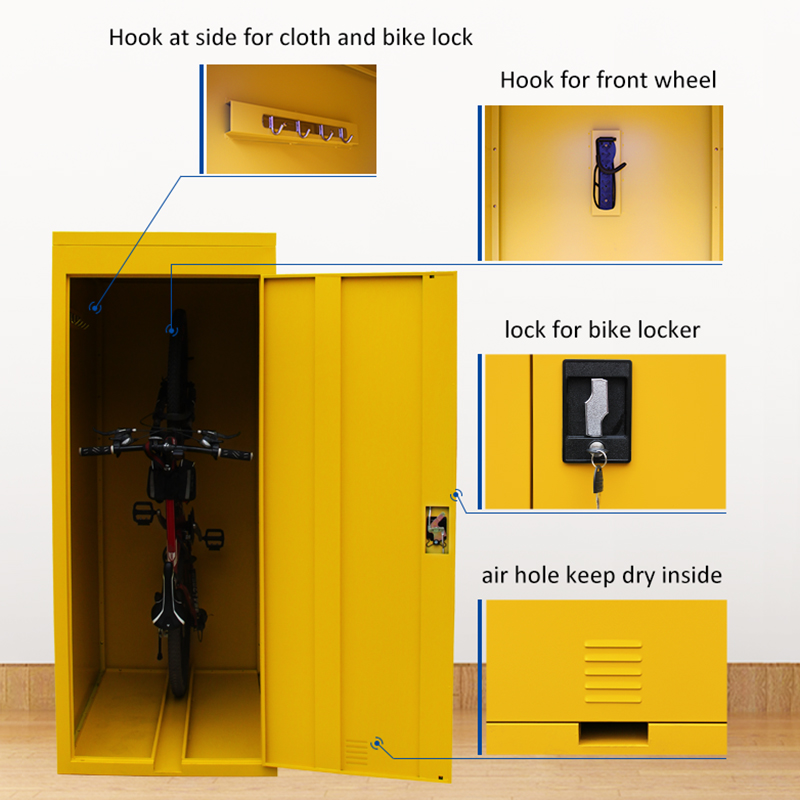
4. Key Features to Look for in Bike Storage Lockers
When choosing a bike storage locker, there are several features to keep in mind:
a. Security Features
- Locking Mechanism: Look for lockers with a high-quality lock, such as a combination lock, key lock, or even smart locks that can be accessed via mobile apps.
- Durability: The material of the locker should be strong enough to resist tampering. Steel or heavy-duty plastic are common materials.
- Reinforced Doors: Ensure the locker doors are reinforced with additional security features to prevent break-ins.
b. Size and Capacity
Bike lockers come in various sizes, so it’s essential to choose one that fits your bike. Consider the dimensions of your bike, including the handlebar and wheels, as well as any additional gear you may need to store.
c. Ventilation
Proper ventilation helps prevent moisture buildup inside the locker, reducing the risk of rust and mold. Some lockers feature vents that allow air circulation to keep your bike dry and safe.
d. Charging Capability (for E-Bikes)
For e-bike owners, having a locker with charging capabilities is crucial. Look for lockers with integrated electrical outlets or charging stations designed specifically for electric bikes.
e. Weatherproofing
To protect your bike from the elements, choose a locker that is weather-resistant. This can include features like weatherproof seals, rust-resistant materials, and UV-resistant coatings.
5. Where to Install Bike Storage Lockers
Bike storage lockers can be installed in a variety of locations, depending on your needs. Here are some of the most common places where bike lockers are found:
a. Offices and Workplaces
Many companies are investing in bike storage lockers to encourage employees to cycle to work. These lockers are often found in parking garages, bike rooms, or near building entrances.
b. Residential Areas
For apartment complexes or residential buildings, bike lockers are a convenient and secure way to store bikes without taking up valuable living space. They can be placed in basements, garages, or designated outdoor areas.
c. Public Areas
Public bike storage lockers are increasingly being installed in parks, transportation hubs, and city centers. These lockers offer cyclists a safe place to store their bikes while they are out and about, providing peace of mind when shopping, eating, or attending events.
6. How to Choose the Right Bike Storage Locker
Choosing the right bike storage locker depends on several factors:
- Location: Is the locker going to be used indoors or outdoors? Make sure you choose a model that is suited to the environment.
- Bike Type: Consider the type of bike you have—whether it’s a standard bike, mountain bike, or e-bike—and choose a locker that accommodates it.
- Security Needs: If you live in an area with a high risk of theft, choose a locker with advanced security features like reinforced walls and smart locks.
- Budget: Bike lockers come in a wide range of price points. While higher-end lockers offer better features, there are also affordable options available for those on a budget.
7. Maintaining Your Bike Storage Locker
To ensure your locker stays in good condition, it’s essential to perform regular maintenance. This includes:
- Cleaning: Wipe down the interior and exterior of the locker to prevent dirt buildup.
- Lubrication: If your locker has moving parts, such as a lock or door hinges, make sure to lubricate them periodically to ensure smooth operation.
- Inspecting Security Features: Check the locks, hinges, and overall security features to ensure they are functioning correctly.
Conclusion
Bike storage lockers provide cyclists with a secure, convenient, and weather-resistant place to store their bikes. Whether you're looking to protect your bike from theft, keep it safe from the elements, or simply free up space at home, a bike locker is an essential investment for any cyclist. By understanding the types of lockers available, key features to look for, and where to install them, you can choose the best storage solution to suit your needs. Happy cycling!


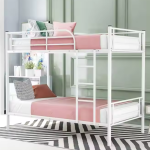
-150x150.jpg)
